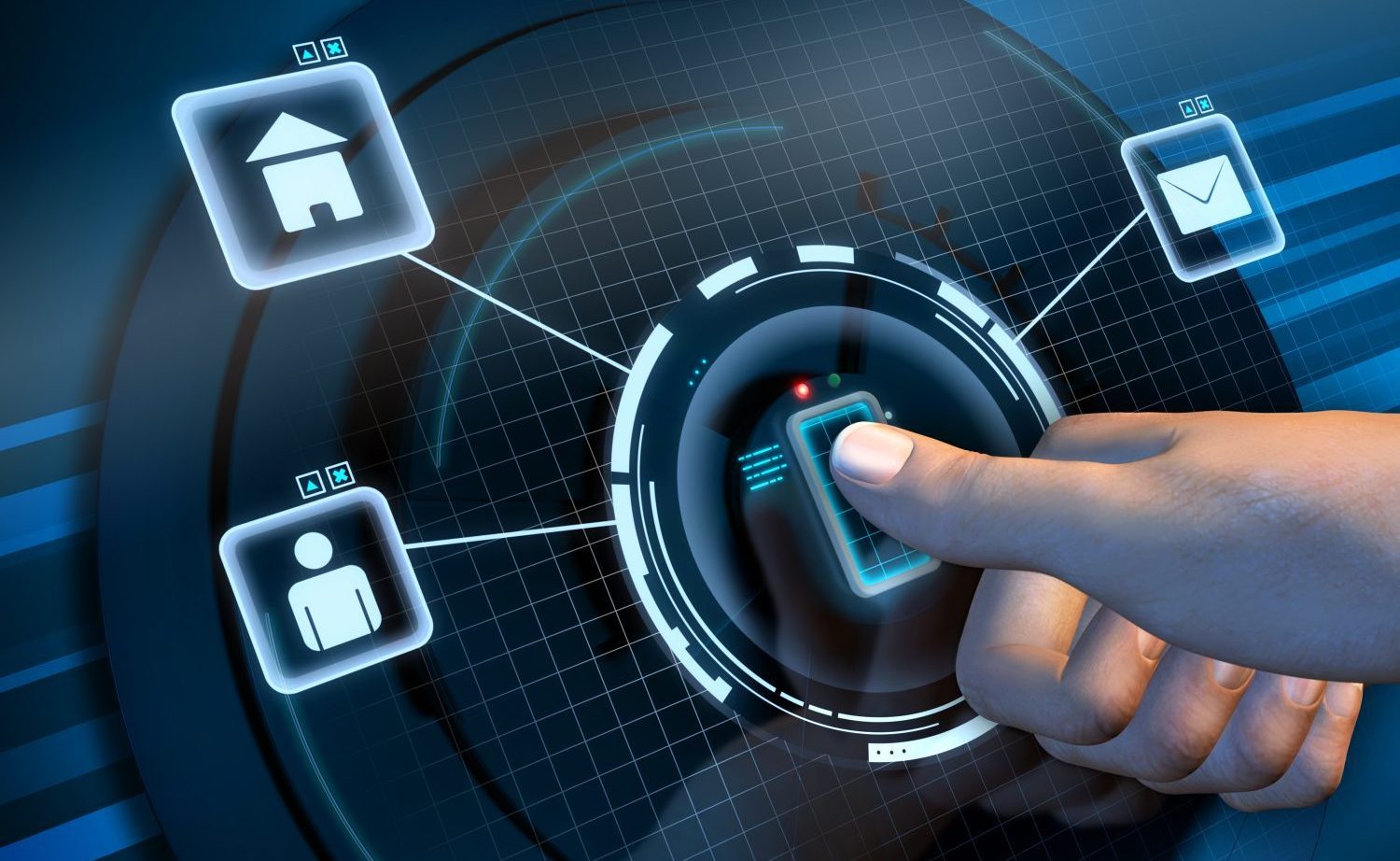
Biometric security is everywhere these days, from unlocking phones to airport check-ins. But what makes it so special? Biometrics use unique physical or behavioral traits like fingerprints, facial recognition, or even voice patterns to verify identity. This technology offers a higher level of security compared to traditional passwords or PINs. Why? Because it’s incredibly hard to fake or steal someone’s unique biological markers. Plus, it’s super convenient—no more forgetting passwords! However, it’s not without its challenges, including privacy concerns and the risk of data breaches. Ready to learn more? Here are 25 facts about biometric security that will blow your mind!
What is Biometric Security?
Biometric security uses unique physical or behavioral traits to identify individuals. It's becoming more common in everyday life, from unlocking phones to securing bank accounts. Here are some intriguing facts about biometric security.
-
Fingerprints are the most widely used biometric identifier. Each person’s fingerprints are unique, even identical twins have different prints.
-
Facial recognition technology maps facial features to create a digital image. This method is popular for unlocking smartphones and in surveillance systems.
-
Iris scanning analyzes the unique patterns in the colored part of the eye. It’s highly accurate and often used in high-security environments.
-
Voice recognition identifies individuals based on vocal characteristics. This technology is used in customer service and virtual assistants.
-
Hand geometry measures the shape and size of the hand. It’s less common but still used in some access control systems.
How Biometric Security Works
Understanding the mechanics behind biometric security can help appreciate its effectiveness. Here's a closer look at how it functions.
-
Enrollment is the first step, where the system captures and stores the biometric data. This data becomes the reference for future comparisons.
-
Verification involves comparing the captured biometric data with the stored data to confirm identity. This process ensures that the person is who they claim to be.
-
Identification searches the entire database to find a match for the captured biometric data. This method is used when the identity of the person is unknown.
-
False Acceptance Rate (FAR) measures how often unauthorized users are incorrectly granted access. Lower FAR indicates higher security.
-
False Rejection Rate (FRR) measures how often authorized users are incorrectly denied access. Balancing FAR and FRR is crucial for an effective system.
Advantages of Biometric Security
Biometric security offers several benefits over traditional methods like passwords and PINs. Here are some key advantages.
-
Convenience is a major benefit. Users don’t need to remember passwords or carry cards; their biometric traits are always with them.
-
Enhanced security is achieved because biometric traits are difficult to replicate or steal. This reduces the risk of unauthorized access.
-
Non-transferable nature of biometric data ensures that only the rightful owner can gain access. Unlike passwords, biometric traits can’t be shared.
-
Speed of biometric systems allows for quick identification and verification. This is particularly useful in high-traffic areas like airports.
-
User experience is improved as biometric systems are often more intuitive and user-friendly than traditional methods.
Challenges and Concerns
Despite its advantages, biometric security also faces several challenges and concerns. Here are some of the main issues.
-
Privacy concerns arise because biometric data is sensitive and personal. Unauthorized access to this data can lead to serious privacy violations.
-
Data breaches involving biometric information can have severe consequences. Unlike passwords, biometric traits can’t be changed if compromised.
-
Cost of implementing biometric systems can be high. This includes the initial setup and ongoing maintenance expenses.
-
Accuracy can be affected by various factors. For example, dirt on a fingerprint scanner or changes in lighting can impact facial recognition.
-
Ethical issues related to surveillance and data collection are also a concern. There’s a fine line between security and invasion of privacy.
Future of Biometric Security
The future of biometric security looks promising with continuous advancements and innovations. Here’s what to expect.
-
Multimodal biometrics combines multiple biometric traits for higher accuracy and security. For example, using both fingerprint and facial recognition.
-
Behavioral biometrics analyze patterns like typing speed or walking gait. This adds an extra layer of security by monitoring user behavior.
-
Wearable technology is integrating biometric sensors. Smartwatches and fitness trackers can now monitor heart rate and other biometric data.
-
AI and machine learning are enhancing biometric systems. These technologies improve accuracy and adapt to changes in biometric traits over time.
-
Blockchain technology is being explored for secure storage of biometric data. This could prevent tampering and unauthorized access.
The Future of Biometric Security
Biometric security is transforming how we protect our data and identities. From fingerprint scanners to facial recognition, these technologies offer a blend of convenience and security. They reduce the need for passwords, which can be easily forgotten or hacked. However, it's crucial to remember that no system is foolproof. Biometric data, once compromised, can't be changed like a password. As technology advances, so do the methods of bypassing these systems. Staying informed about the latest developments and potential vulnerabilities is key. Biometric security is here to stay, and its role in our daily lives will only grow. Whether you're using it to unlock your phone or secure sensitive information, understanding its strengths and weaknesses will help you make the most of this innovative technology.
Was this page helpful?
Our commitment to delivering trustworthy and engaging content is at the heart of what we do. Each fact on our site is contributed by real users like you, bringing a wealth of diverse insights and information. To ensure the highest standards of accuracy and reliability, our dedicated editors meticulously review each submission. This process guarantees that the facts we share are not only fascinating but also credible. Trust in our commitment to quality and authenticity as you explore and learn with us.


